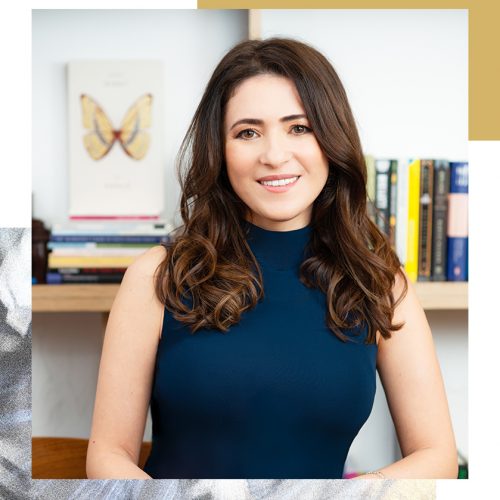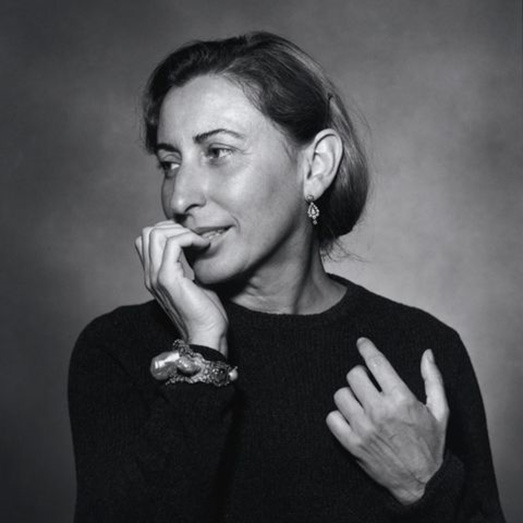”
Make sure you don’t get killed,” cautions Gabriela Hearst when talking about her experience as a fashion entrepreneur during the pandemic.
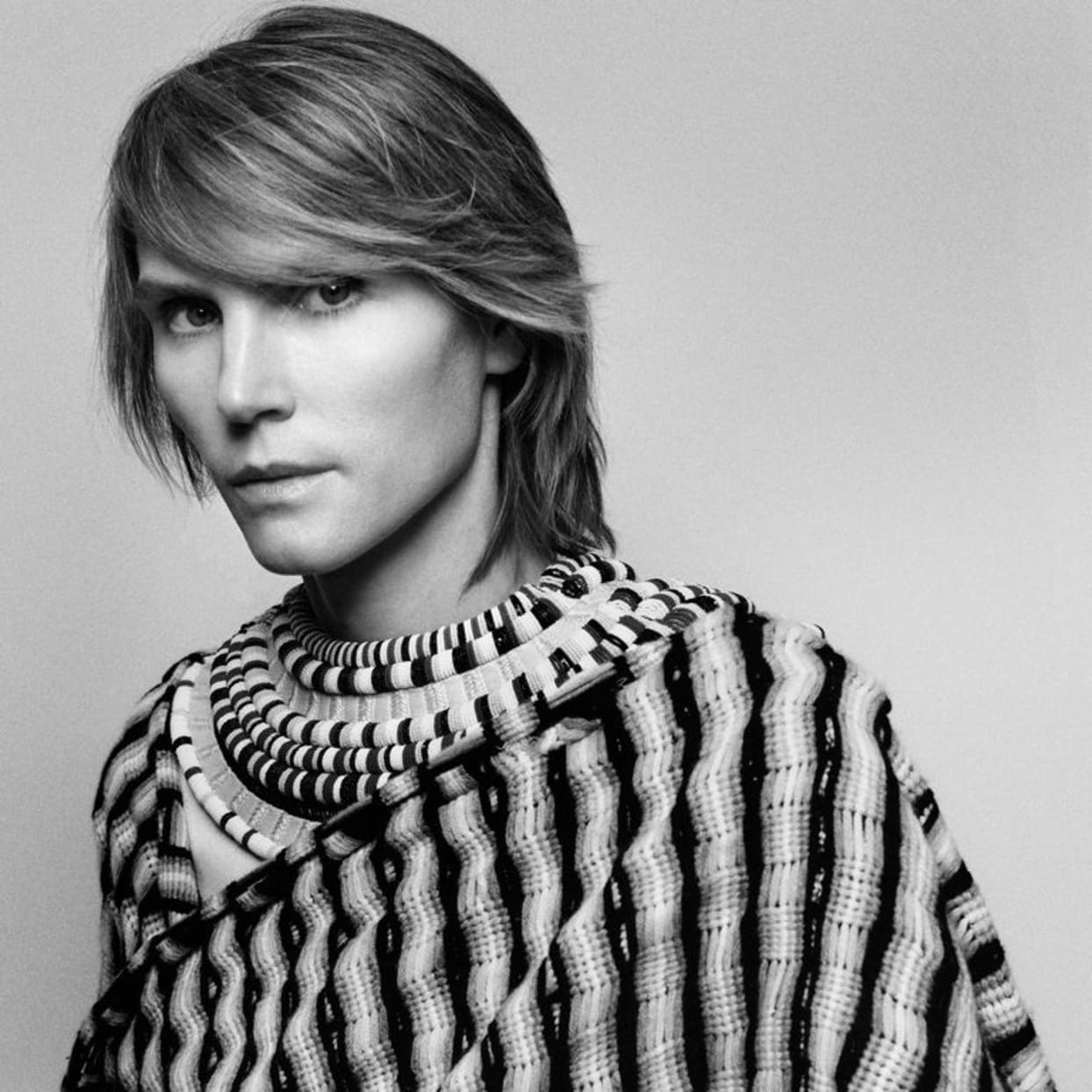 Photo credit: Gabriela Hearst
Photo credit: Gabriela Hearst
I recently had the chance to listen to Gabriela Hearst during the annual FT Business of Luxury Summit, where she spoke about sustainability, fashion, and what it means to build and manage a fashion brand during such an uncertain and dynamic period.
The Uruguay-born, New York-based designer initially started off as a fashion entrepreneur by launching her Candela T-shirt line in 2004, and after growing Candela to a full fashion brand, changed direction by launching her eponymous brand, Gabriela Hearst, in 2015. As Gabriela herself noted, when she started off with Candela she was still finding her voice and had the tendency to please everyone—meaning her customer profile and target was not very clear.
But with lessons learned from Candela, she started Gabriela Hearst with a very clear vision, and a true commitment to “sustainability, quality, and authenticity,” whatever the cost. And the fashion world has fallen hard for Hearst’s clothes, which center around covetable dresses, knitwear, suiting, and accessories in opulent but ethically sourced fabrications. She was most recently named as the Creative Director for Richemont-backed Chloe, and recounted in detail to FT’s Lauren Indvik what it takes to create and build a sustainable fashion brand.
Adapting to change:
What personally stood out to me is Gabriela’s comment about growing up on a ranch, and observing nature around her, and the importance of remaining still, calm and not giving in to fear, and making sure to avoid being killed, because it really was a distinct possibility. This concept is actually one of the main entrepreneurial capabilities I emphasize when working with fashion entrepreneurs and designers: to adapt to cultural change. In the words of famed racecar driver Mario Andretti “If you think you are in control, you are not going fast enough.” Or as Charles Darwin states, “It is not the strongest of the species that survives, nor the most intelligent. It is the one most adaptable to change.” As I have discovered and detailed in my own research based on the historical analysis of iconic fashion entrepreneurs, the ability to adapt to change is key.
We’ve seen how many brands, particularly small and medium sized brands, haven’t survived the pandemic, and we’ve seen how larger and more powerful brands and conglomerates have benefited from the conditions and have actually gotten stronger. Gabriela Hearst didn’t shrink in fear, but instead kept on going, and did a resort collection; she had already gathered materials for months, and with her sister she modelled the clothes. This sort of pivot, and thinking fast on her feet without resorting to fear, is something that I’ve observed to be a unique characteristic of Gabriela Hearst.
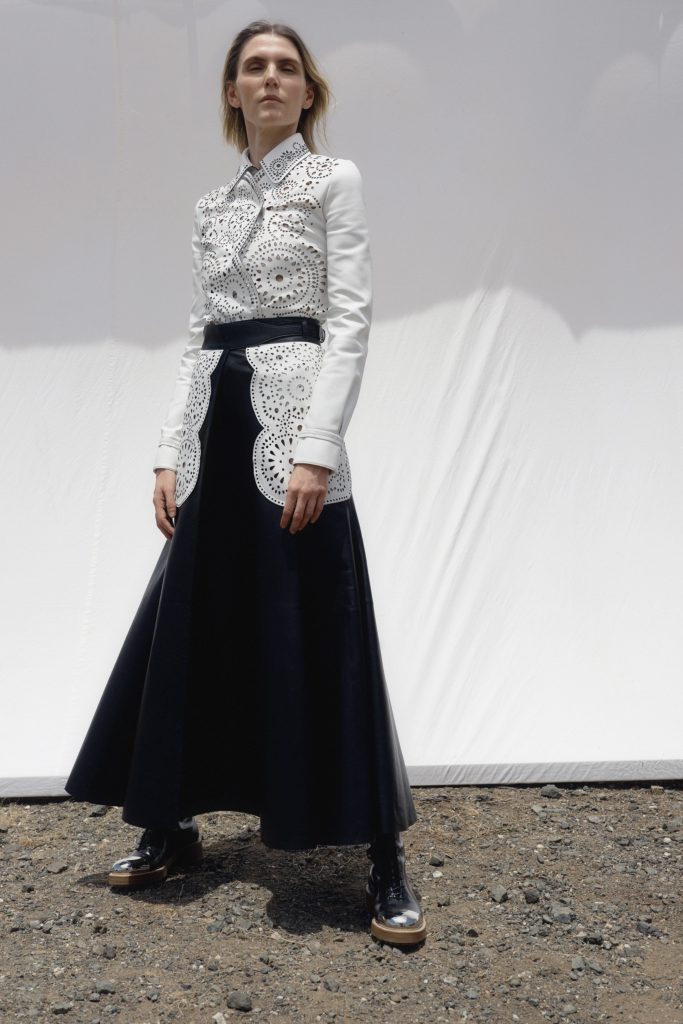 Photo credit: Gabriela Hearst via Vogue.com
Photo credit: Gabriela Hearst via Vogue.com
A clear strategy:
Her experience with Candela was also a great starting point when launching her eponymous label, where she was very clear on her strategy and what she wanted to create. She chose to make sustainability the cornerstone of her brand, and used deadstock fabrics. Right now, that’s a common practice, but it was a no-no for the luxury industry back then. And she used no plastic at all.
So even starting out, Gabriela Hearst was very precise and specific in her direction: “I knew the product would be driven by clients and partners that we have from wholesale. We choose to maintain our business (in that way), and handbags are only sold directly from us. I have a particular vision for the company, and it’s not a vision that is growth out of control. Seven stores worldwide. I would rather have a profitable smaller business than a mammoth of a business. Keeps wholesale accounts limited.”
On sustainability today:
“We have the unique opportunity of building better. We went through a collective event, and if this doesn’t change us, we will miss an opportunity, and I don’t think we will go back.”
Gabriela Hearst’s shows have always been small, and she was already mindful of her collective carbon footprint. She notes that “Brands need to prioritize … larger companies and brands have been judged, and they are in the spotlight, but none of us are doing it correctly. It’s my own way of viewing it, and I have a real drive to make sure that we are taking the least natural resources from the planet. And then the next step is transportation. That’s by boat. It’s the most sustainable way to transport, but there is the challenge of speed. Not everything can reach the shows, or the wholesale clients fast enough when sent by boat. So, we still have a long way to go”
Gabriela herself admits that “I am not even close to what I want to do. On the packaging, we changed it to recyclable hangers. We have a good grip on things we do well, such as packaging, materials, but I know I lack when it comes to transportation.”
What does the future look like?
As Gabriela says, “Product is the key – something you buy because you love it and you will pass it to the next generation. This is real luxury and sustainability. Be mindful of priorities, and that we don’t have endless supply. Our industry is going to have a change, and it’s coming. Human, small scale, and it’s more about what your true vision is.”
And what of losing market share to big brands? Can independent brands compete against big players? Gabriela think so. “I am an American brand, with a global vision. Our sales are broad internationally. I do think it’s important to understand that craft needs to be brought back; for example Jill Biden’s coat for the inauguration was all done by hand and embroidered, and we see this with the young designers who all have sustainability and craftsmanship on their minds.”
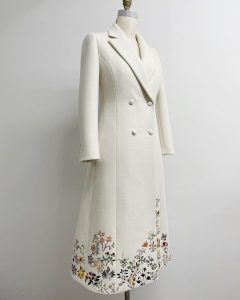 Photo credit: Gabriela Hearst
Photo credit: Gabriela Hearst
The fact that luxury conglomerate LVMH has invested in the Gabriela Hearst brand demonstrates its confidence in the brand’s vision, values, and belief in the future of sustainability.
But Gabriela Hearst doesn’t think about sustainability in terms of an opportunity, even a commercial opportunity. For her, the bottom line is quite simple:
“Being sustainable is not even an option anymore. You have to be.”
